„Stocznia” Michała Szlagi w Galerii Sztuki im. Jana Tarasina
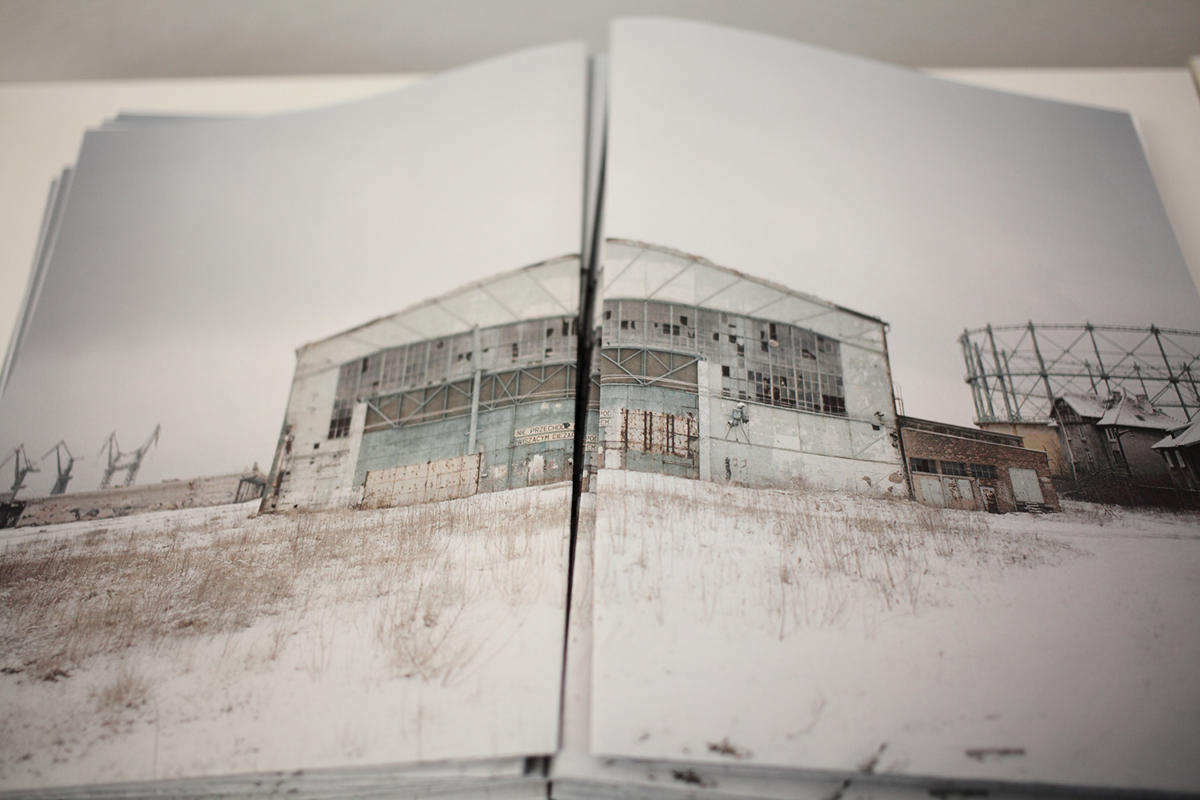
Fotograf Michał Szlaga zamieszkał w stoczniowej kolonii artystów w 2002 roku. Już wcześniej dokumentował przemianę, jaką przechodziło to miejsce. I robi to do dziś. Wydana w 2013 roku potężna (dosłownie i w przenośni) książka pod prostym tytułem „Stocznia” była, niestety, wołaniem na puszczy człowieka, który widział tragedię, ale nie mógł jej zapobiec. I co gorsza, wydawał się w tym wołaniu bardzo osamotniony.
Swoja opowieść rozpoczął od mapy. Zaznaczył na niej zabytkowe budynki, które zdążyły zniknąć przed jej wydaniem. Szlaga był przy ich śmierci, sfotografował ich zgon. Stworzył katalog strat opisujący arcyciekawą historię gdańskiej stoczni sięgającą XIX wieku. Bo stocznia to nie tylko Sierpień, postulaty, żurawie, Wałęsa i płot. To ponad 100 lat tradycji i jej materialnych pozostałości, które dziś są konsekwentnie niszczone, by zrobić miejsce deweloperskim osiedlom i trasie szybkiego ruchu.
Fotograficzna proza Michała Szlagi jest melancholijna, ale tragedia na kolejnych zdjęciach opisana jest z zimną konsekwencją. Fotograf sięgnął bowiem po instrumentarium naukowca – stał się konserwatorem zabytków, wychodząc z założenia, że skoro nikt nie zrobił inwentaryzacji zabytkowej stoczni, on to w końcu musi zrobić. Był świadomy swoich ograniczeń i do współpracy nad książką zaprosił specjalistów. To oni – zabytkoznawca Waldemar Affelt i architekt Jacek Dominiczak – byli autorami fachowych tekstów w tym albumie. Dzięki nim możemy pojąc to, co oglądamy na doskonałych zdjęciach Michała Szlagi. Tragedie rozpisaną na dziesiątki aktów, której końca, niestety, nadal nie widać.
Fotograficzny album Michała Szlagi to dzieło absolutnie kanoniczne dla zrozumienia tego, co się wydarzyło z architektoniczną substancją kolebki „Solidarności”. Dopiero po publikacji tej książki i debacie z nią związanej władze miasta wraz ze służbami konserwatorskimi postanowiły nieco głębiej zainteresować się problemem. Dla wielu budynków było już jednak za późno.
Filip Springer [tekst pochodzi z Księgi Zachwytów]
Wystawa w Galerii Sztuki im. Jana Tarasina w Kaliszu poza prezentacją 60 obiektów (książka Stocznia, slajdy, odbitki muzealne, wideo-arty), które w 2016 roku trafiły do kolekcji paryskiego Centrum Pompidou, została przez fotografa uzupełniona po raz pierwszy o artefakty, pochodzące ze Stoczni tj. krzyż, tablice informacyjne czy pień uszkodzonego drzewa.
Projekt Stocznia jest także prezentowany równolegle w ramach Postoju (ze) Sztuką na kaliskich przystankach autobusowych.

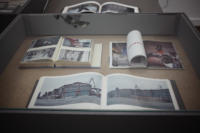



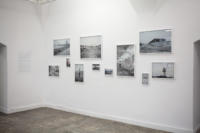
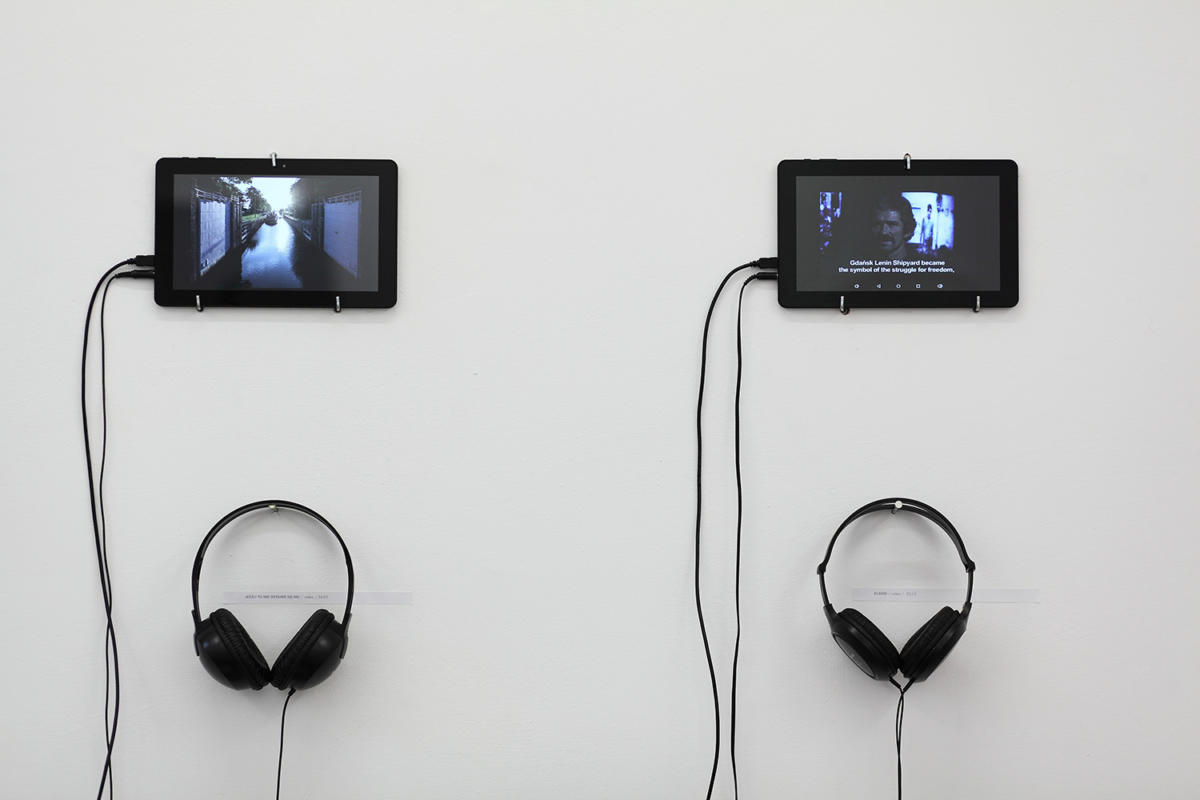
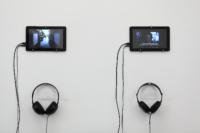
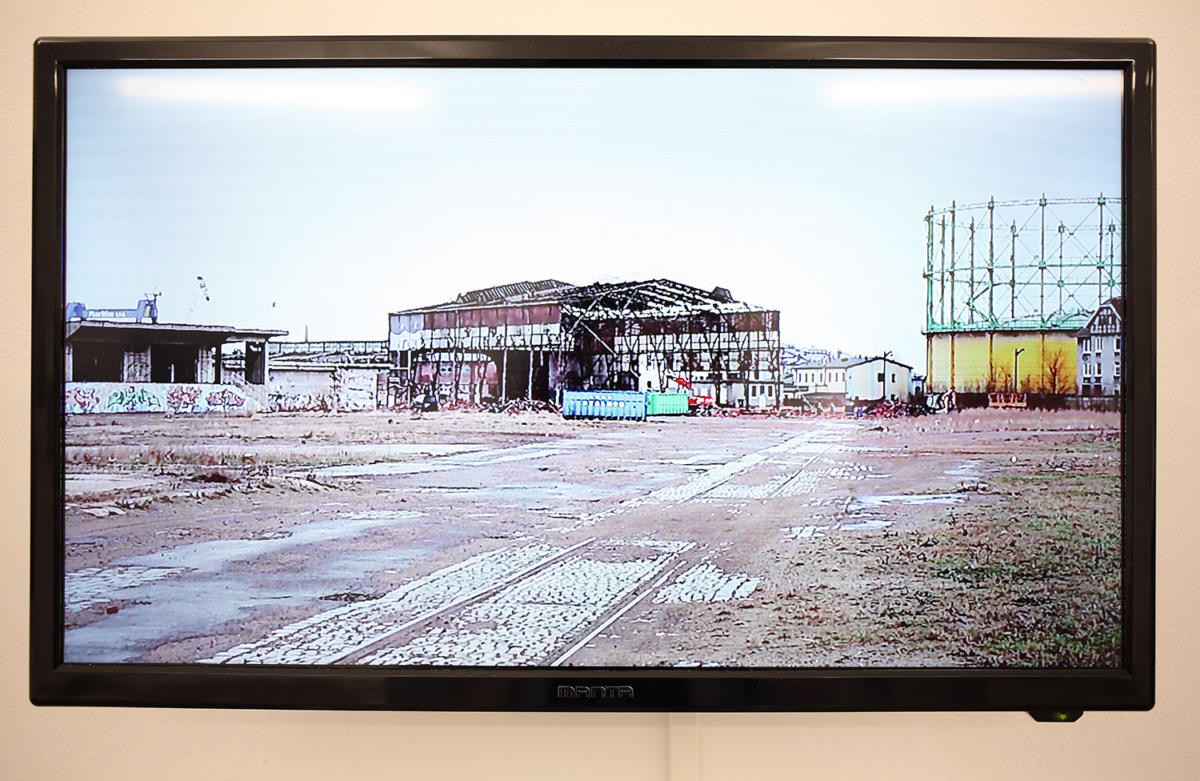

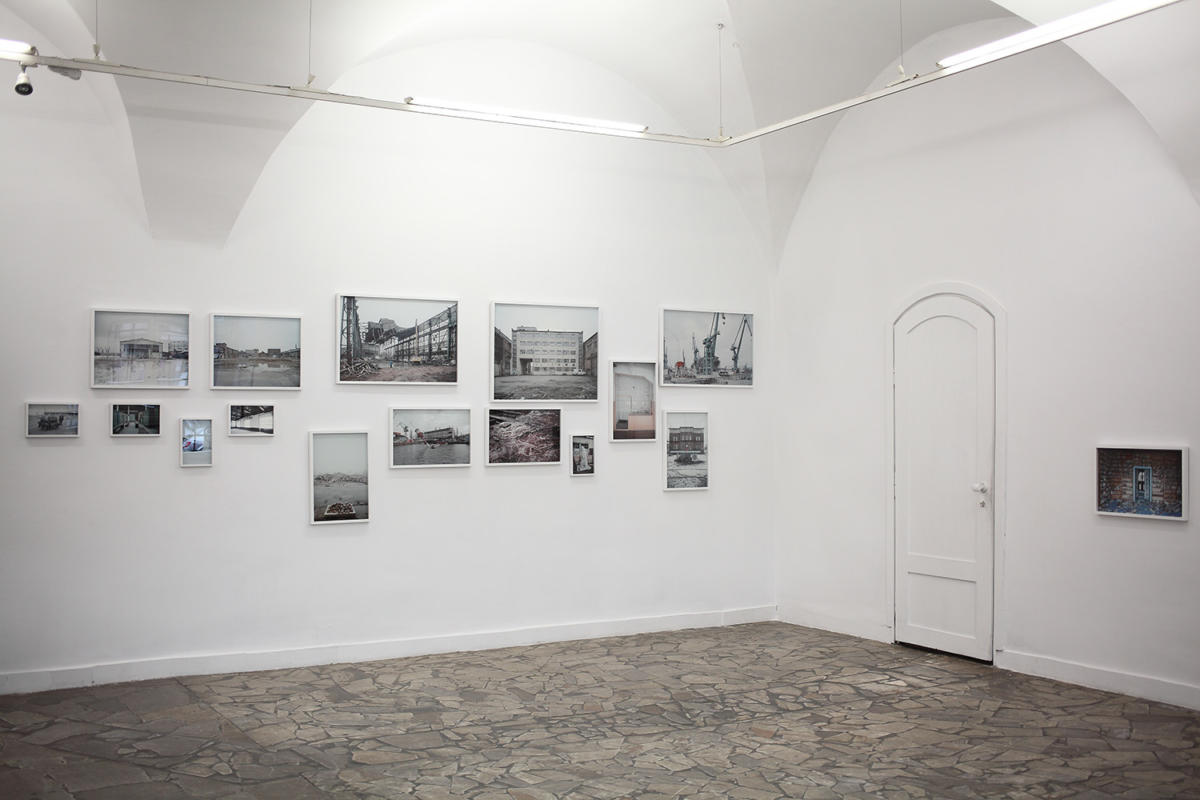
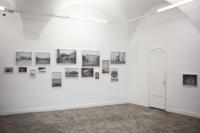
Photographer Michał Szlaga moved into the shipbuilding colony of artists in 2002. Even before that he had already been documenting the transformation that was taking place. And he continues to do it today. The mighty (literally and figuratively) book published in 2013 under the simple title „Shipyard” was, unfortunately, a cry in the wilderness of the man who saw the tragedy but could not prevent it. And what is worse,he seemed very lonely in this cry.
His story began with a map. On it he marked the historic buildings that had disappeared before it was published. Szlaga witnessed their death, photographed their demise He created a catalog of losses describing the most interesting history of Gdańsk shipyard dating back to the 19th century. Because the yard is not only August, postulates, cranes, Walesa and the fence he jumped over. It’s more than 100 years of tradition and its material remnants, which today are consistently destroyed to make way for developer housing projects and fast lanes.

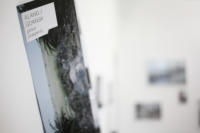




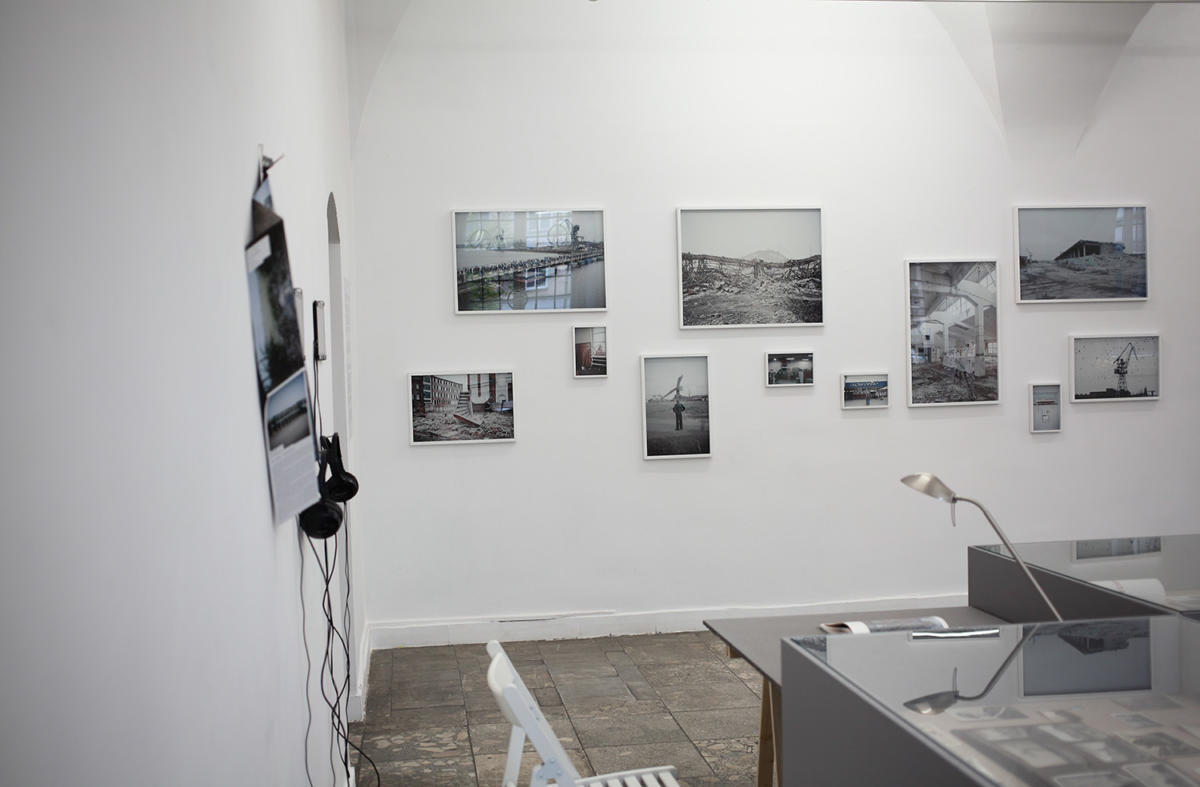
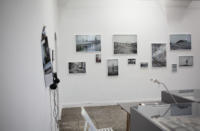

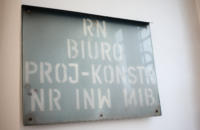
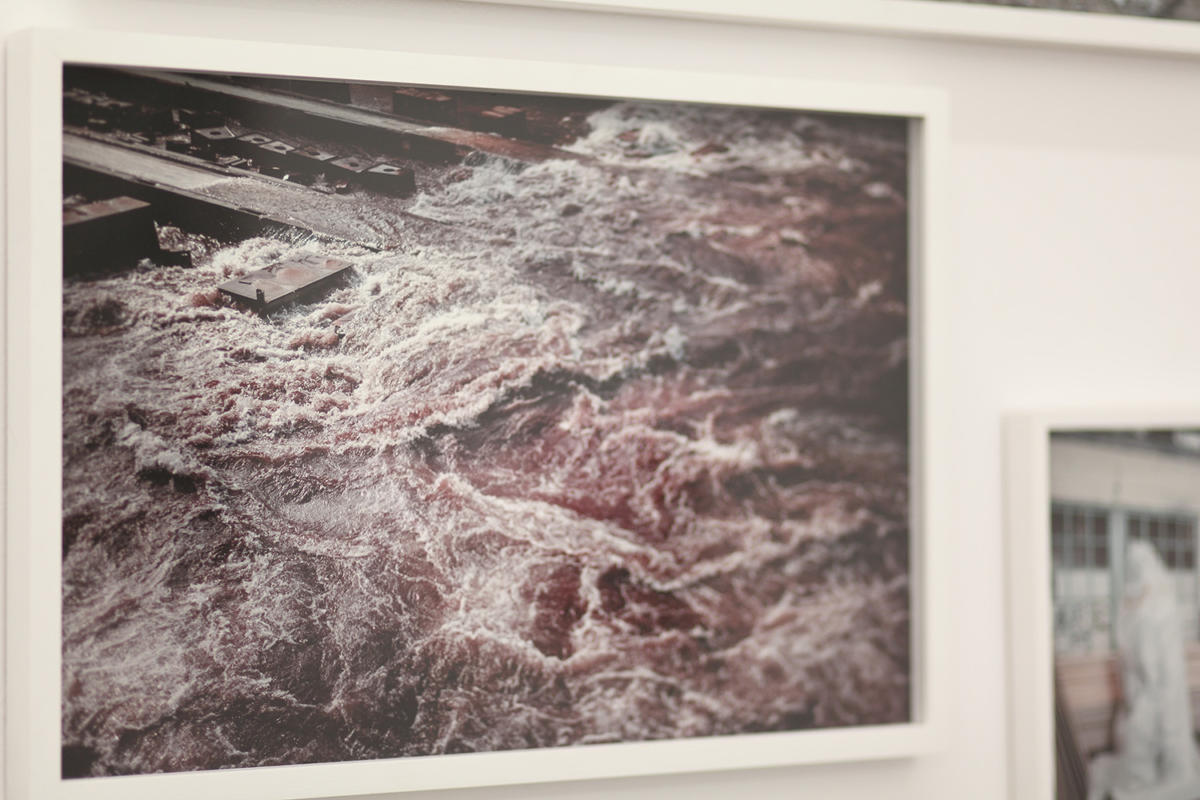
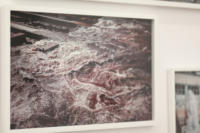
Michał Szlag’s photographic prose is melancholic, but the tragedy in subsequent pictures is described with a cold consequence. This is because the photographer reached for the scientist’s instrument – he became a conservator of monuments, assuming that since no one had made an inventory of the historic yard, in the end he must do it. He was aware of his limitations and he invited specialists to cooperate over the book. It is they: Waldemar Affelt, expert on national monuments, and Jacek Dominiczak, architect, who were authors of professional texts in this album. Thanks to them, we can understand what we see in Michał Szlag’s excellent photographs. A tragedy written in dozens of acts, whose end, unfortunately, is still nowhere to be seen.
Michał Szlag’s photographic album is an absolutely canonical work for understanding what has happened with the architectural substance of the cradle of Solidarity. It was only after the publication of this book and the debate connected with it that the city authorities and the conservation services decided to take a closer look at the problem. Yet it was too late for many of the buildings.
Filip Springer, Book of Delights
Michał Szlaga – born in 1978, graduate and lecturer at the Gdańsk Academy of Fine Arts. He deals with photography and video. He debuted with a series of staged self-portraits called „What made me?” (2002). Systematically documents Polish reality („Poland – Reality”/ 2007-2016/, „Pixel Prostitutes” / 2007-2016). In 2000 – 2013 he was occupied with taking photos of the Gdansk Shipyard – the already famous Shipyard project includes photographs showing the shipyard’s last years before it was demolished. In 2016 a copy of the exhibition of the STOCZNIA [SHIPYARD] project got to the Pompidou Center in Paris – almost 60 museum objects (slides, museum prints, a film and book titled Shipyard) were exhibited. For many years he has earned his living through cooperation with the press, he published, among others in Malemen, Przekrój, Newsweek, and in women’s press.
Przypisy
Stopka
- Osoby artystyczne
- Michał Szlaga
- Wystawa
- Stocznia / Shipyard
- Miejsce
- Galeria Sztuki im. Jana Tarasina w Kaliszu
- Czas trwania
- 13.04 - 27.05.2017
- Fotografie
- Daria Torbiarczyk
- Strona internetowa
- tarasin.pl












